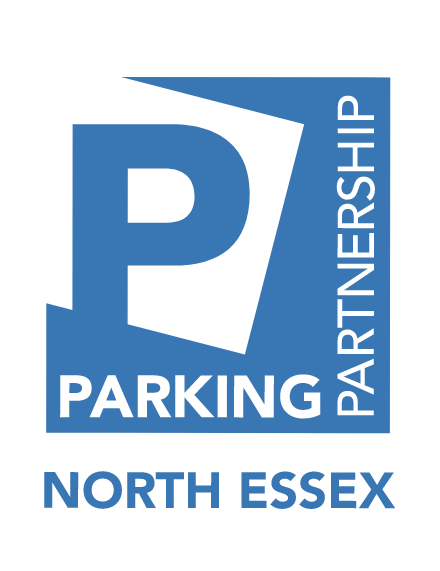Since the NEPP Joint Committee approved the principle of introducing paid parking on 1st February 2024, the scheme has progressed significantly. Paid parking has now been implemented at selected on-street locations in Colchester and Epping Forest, with further proposals currently being advertised within the Braintree District.
This webpage provides up-to-date information about the paid parking programme, including answers to frequently asked questions and details about the Traffic Regulation Order (TRO) process.
NEPP remains committed to engaging with local communities throughout the process. Each scheme is designed in consultation with relevant stakeholders, and formal public consultations will continue to be held as part of the statutory TRO process.
Braintree District Proposals
We are currently advertising proposals to change the on-street parking regulations at select locations in Braintree, Halstead and Witham. The public consultation period runs from Thursday 23rd October to Friday 14th November 2025, and we’d welcome residents and businesses to submit their feedback during this period.
Further details of the current proposals can be found at the link below.
This consultation pack includes:
- A Notice of Intention, which explains the proposed changes and details how you can register your views,
- A Statement of Reasons, which explains the reasons for the proposed changes,
- A Draft Order, which is the legal document that supports any implemented changes, and
- Maps of the selected roads and areas, showing the specific lengths of road impacted.
We have compiled some FAQs below, based on previous implemented sites, which have been updated to reflect the local situation for the Braintree proposals.
Braintree Paid Parking FAQs
What is on-street pay and display parking?
What will the operational hours be?
Why are these changes being proposed?
Will it cost more to park?
How will motorists register a stay?
How many parking machines will there be?
What about Blue Badge holders?
Will it have an effect on nearby businesses?
What happens to the income collected from these schemes?
Want to submit comments of support or an objection?
On-Street Paid Parking – General FAQs
What is on-street paid parking?
Why are we introducing on-street paid parking?
What is the process to comment further on this?
Which sites are being explored?
What engagement are you doing?
What is the statutory process for introducing these schemes?
What happens to the income from these schemes?
Won’t paying to park negatively impact businesses/trade?
About Us
Find out more about the North Essex Parking Partnership and the services we provide.
What do we do?